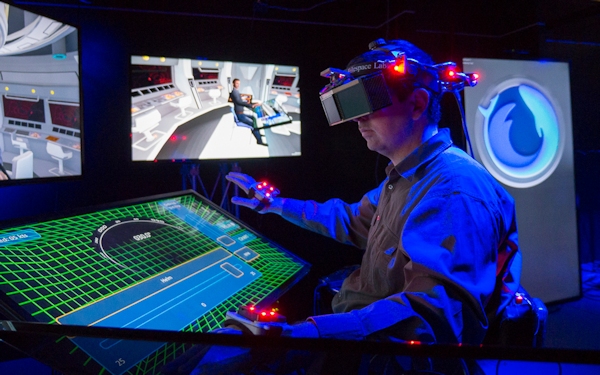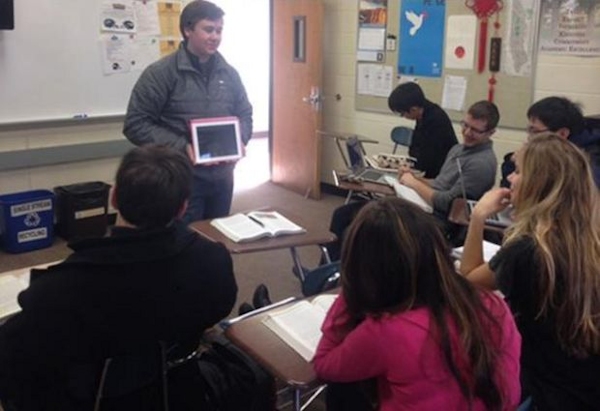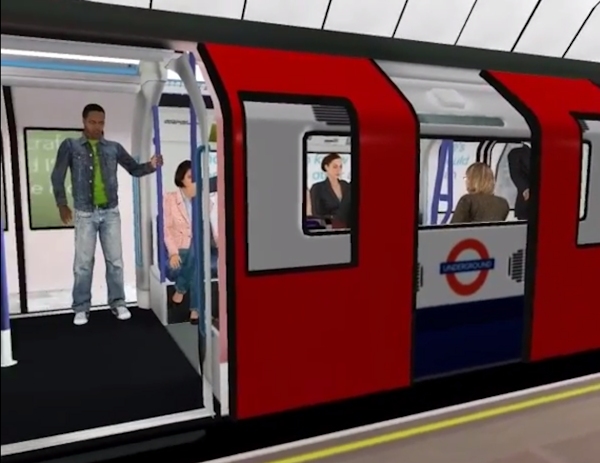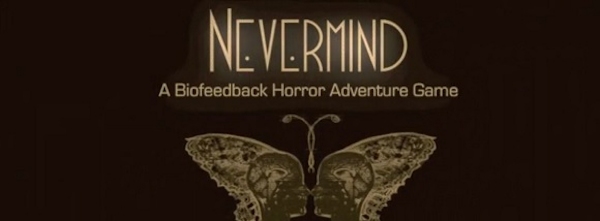Speech Technology and Human Computer Interaction Workshop
Scottish Informatics and Computer Science Alliance (SICSA)
March 27th 2014
Edinburgh, Scotland
http://homepages.inf.ed.ac.uk/matthewa/speechHCIwshop
Speech is becoming more common as an interaction modality, through its use as the principal means of interaction for Siri, Google Now and Google Glass and other commercially available devices. Over the years significant effort has been expended developing systems and solving issues in speech recognition, synthesis, and natural language processing leading to robust solutions in these areas. Yet there is currently a lack of attention on this modality from an HCI perspective. This SICSA workshop aims to harness the expertise in Scotland and the UK in these areas by bringing together researchers, students, practitioners and technologists from diverse fields (psychologists, linguistics, computer scientists, speech technologists, HCI researchers) from academia and industry to explore the nature of speech-based human-computer interactions and opportunities for cross disciplinary collaboration on mutual challenges.… read more. “Call: SICSA Speech Technology and Human Computer Interaction Workshop”




